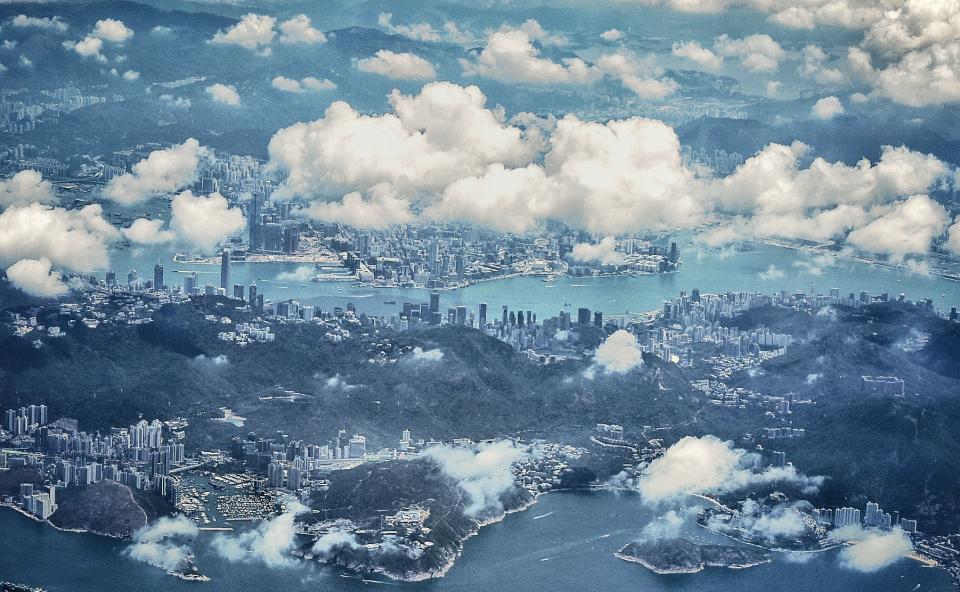Hong Kong is no longer the indispensable bridge between China’s mainland and the outside world that it was in decades past. The rapid growth of the mainland economy has far outstripped that of Hong Kong in recent years and it can now exchange directly with the world. The port city must be more ambitious in order to secure its future, a former banker says.
The “bridge” role came from Hong Kong's relative advantage. But today mainland companies have the talent, technology, management and capital to connect directly with the world, writes Liu Xiaochun, a senior economist and former banker, in a blog post which was reposted by Caixin.com. Liu also claims Hong Kong is not completely open to the mainland, meaning it is missing the benefits of a 1.3 billion person market.
Hong Kong should, firstly, integrate itself into the entire Chinese economic system, Liu proposes. While being highly open to the world, Hong Kong must also be open to the entire inland – which is tricky and requires concerted effort from the city and the central government. The goal is to straighten out the flow of capital, logistics, personnel and the market. Hong Kong's capital and industries should participate in inland competition and explore the market there.
Hong Kong needs to reshape its industrial structure to match its labor structure as well as to compete with major cities around the world in the long run, the economist says. It needs a competitive industrial structure that can influence and lead inland regions. It should eye the competitive industries that can make it indispensable in its interaction with other cities in the Guangdong-Hong Kong-Macau Bay area.
It needs to switch from providing third-party services in the implementation of the Belt and Road Initiative to giving play to its advantages in legal services, trade, investment and capital and directly investing in markets along the routes. Such efforts will in return drive the adjustment and development of Hong Kong’s industrial structure.

 Old Version
Old Version